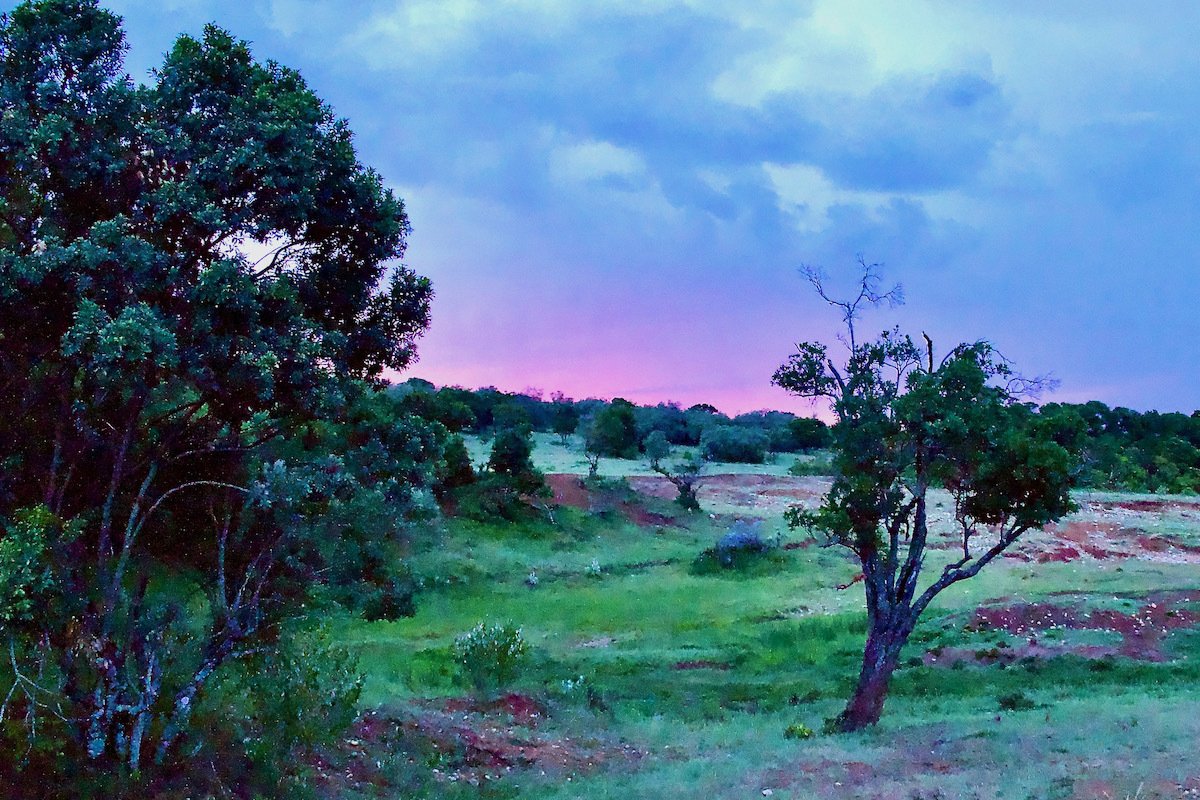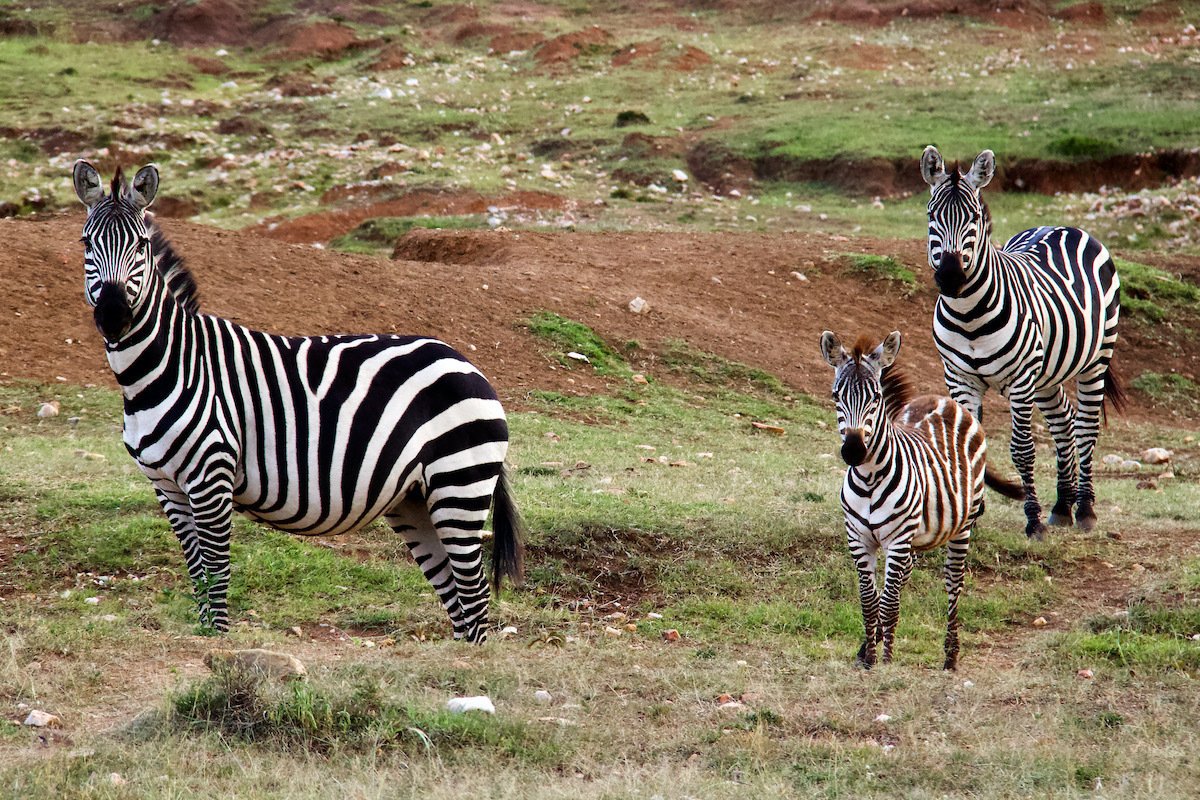
Driving through the Masai Mara Nature Reserve, I had to stop to let a herd of zebra cross the track in front of me. And not just zebra: wildebeest and the occasional giraffe as well. Mine was the only vehicle for miles around and wild animals were the only pedestrians on the vast open plain. Only the resident elephants resented our presence and protested by dragging some large branches across the trails we drove along. The zebra would stare intently before trotting away, the wildebeest ran around in circles and the giraffes just kept wandering nonchalantly along. It was wonderful being out there, amongst the resident wildlife and I could have sat and watched them all day. But I had tasks to complete, as I was part of a team doing a survey of wildlife in the Enonkishu Conservancy.
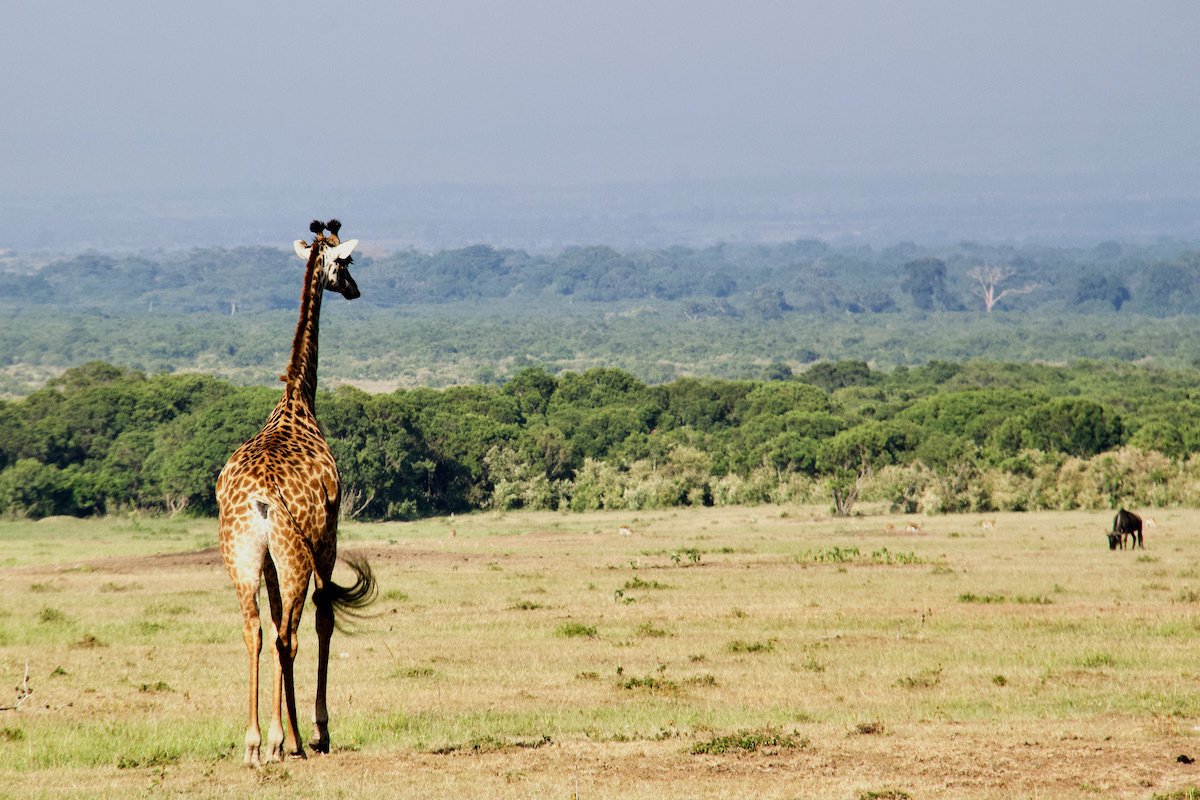
The Enonkishu Conservancy Project
The Enonkishu Conservancy was established by Tarquin Wood, who is the third generation of a family that has farmed in Africa since the end of the second world war. Enonkishu occupies a small corner of the massive Masai Mara Nature Reserve in Kenya. At its centre is the Mara Training Centre which offers courses from sustainable rangeland management to profitable livestock husbandry and regenerative grazing. These are all practised in the 6,000-acres of community owned land surrounding the centre.
In 2009, when the conservation project started, the land was barren, due to over-grazing by herds of cattle that had no right to be there. The lack of vegetation meant there was very little wildlife. Land owners in the area were encouraged to lease their land to the conservancy in order to implement a programme of regenerative grazing. Bomas (mobile fences) were used to corral the Masai cattle at night. The cattle are closely packed to stop them stampeding should a predator enter the enclosure at night. Many hooves churning up the ground and a good source of natural fertilisation results in the quick restoration of healthy grass. As a result, the cattle grazing here are healthier and wildlife is attracted back to the area from as far away as the Serengeti in Tanzania.
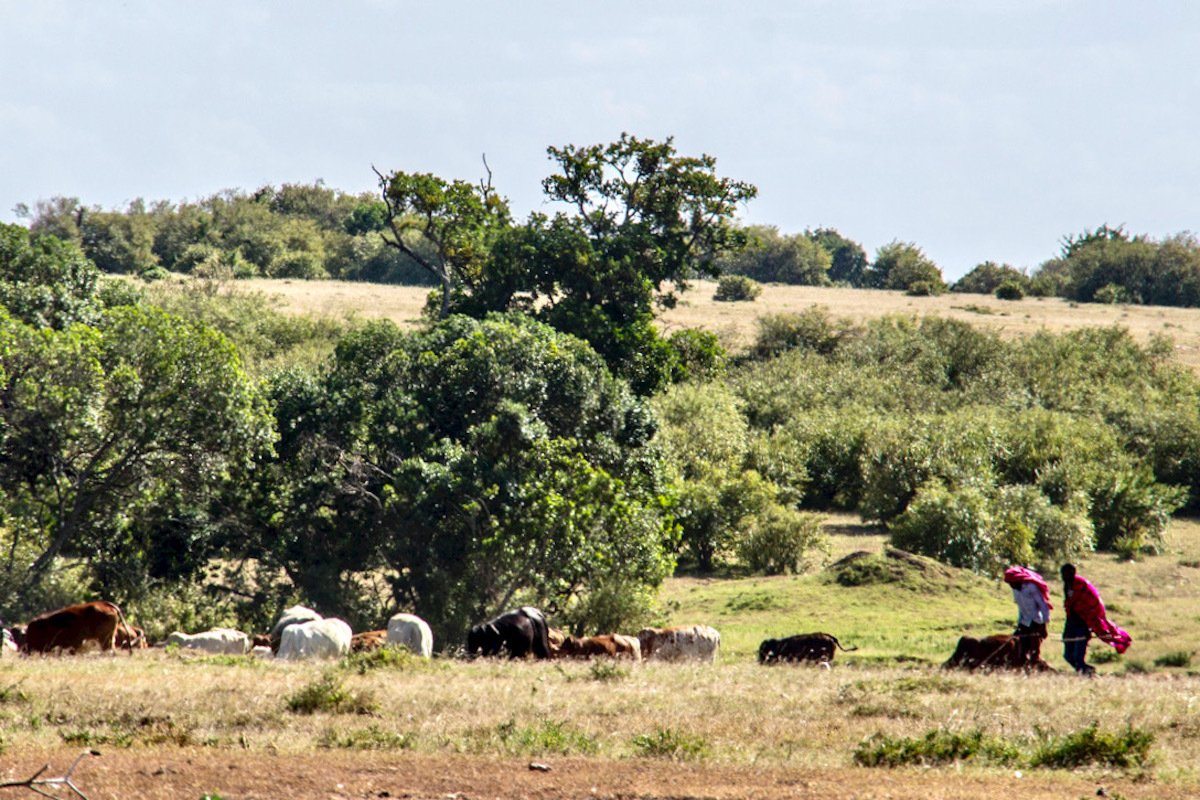
The Project Team
My team was a combustible combination comprising four Americans, one New Zealander, an Australian and three Britons. We were all under the watchful eyes of two leaders both of Germanic descent. Although we were all here for the same purpose we were all individuals who had different ways of achieving it. Two members of this team had already worked on the project for two weeks and had chosen to remain for a second fortnight. Both of them were very keen on protocols that had been established with the previous team. The majority of this new team were not so keen on protocols – particularly the one requiring that we all meet for breakfast at 6 am. Some mornings, shouting and slamming of doors acted as an alarm system for the late risers.
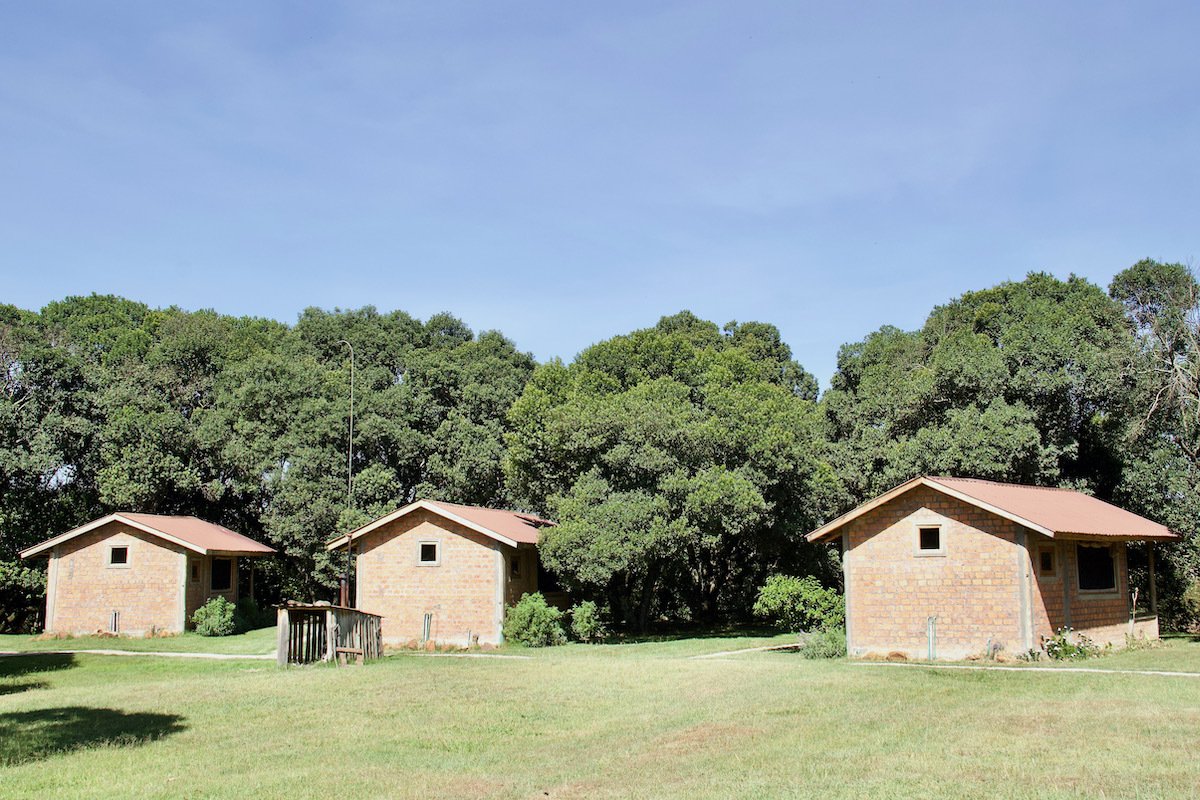
Everyone was required to sign up for a morning task and an afternoon task. These involved driving a transect [a straight line along which observations are made], walking a transect or manning an observation point. Each team was accompanied by a conservancy ranger. Before we were let loose, we had an intensive training course to learn how to use the various instruments involved. My perceived non-participaation in the radio practice earned my first black mark. I had opted out of this activity, as my American friends were having so much fun calling each other from either end of the lecture room, and I was well versed in using radios due to volunteering on Brownsea Island in Dorset.
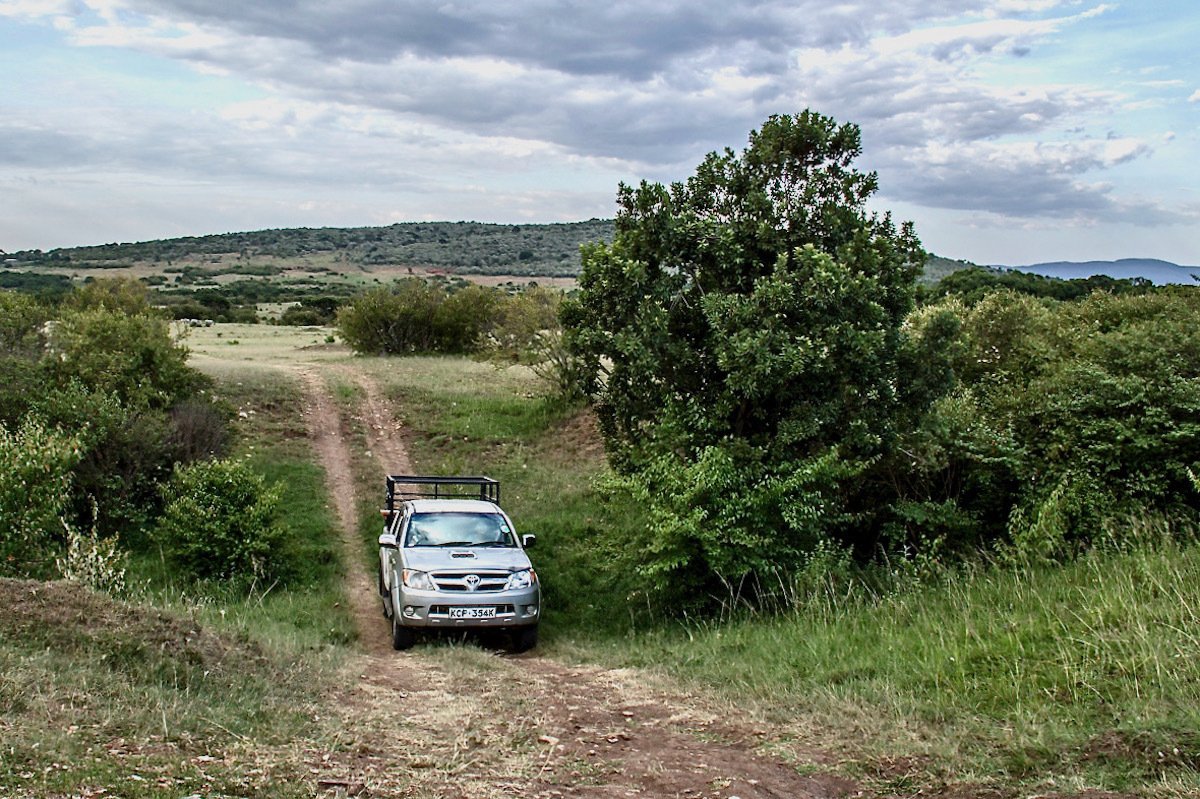
My second black mark was earned the very same day. When we were introduced to the internal workings of the four-by-four vehicles we would be driving, and were then required to change a wheel, I managed to cut my finger. I was spotted in the lecture room raiding the first aid box, and was immediately ordered to return to the group. This early warning taught me to stick to the rules for a quiet life. Not so the Americans. A very vociferous doctor in the group was on a mission to push all the boundaries and to have the ‘holiday’ he felt he deserved and had paid for. He had my sympathy – we were getting the work done but in our own way – although sadly this was not acceptable to our leaders. But it did not stop us enjoying our stay in the conservancy.
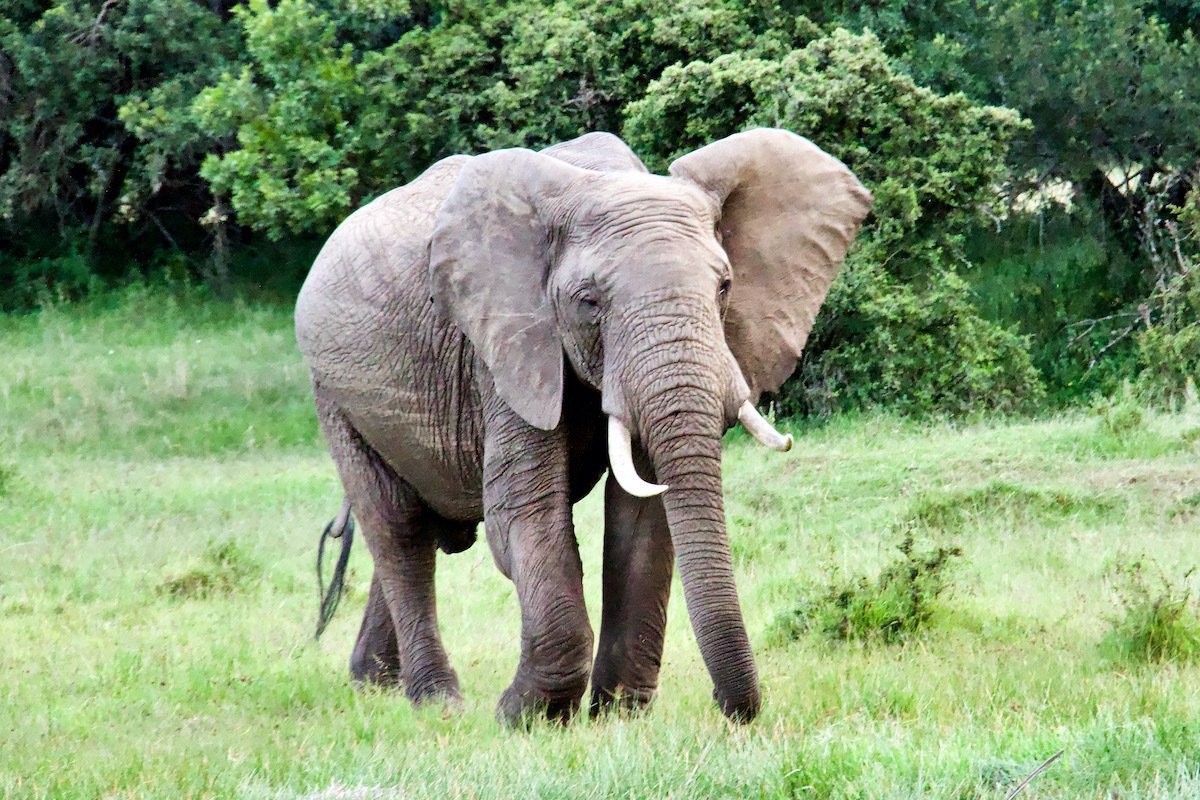
The Accommodation at Enonkishu Conservancy
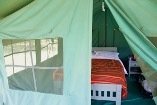
Our accommodation comprised bandas (small brick huts) and tents. The thought of spending fourteen nights in a tent had been a matter of concern for me. My only other camping experience had been on the Inca Trail when we had a bevy of porters to look after us. My tent was furnished with a double bed and a bedside table, and a seat in a shaded area outside. I was prepared for night strolls to an ablutions block by pairing some leggings with a round necked, long sleeved cotton top. Only my head, hands and feet were exposed to the local mosquitoes. But I had no defence against a possible charge from the hippopotamus that lived in the river a few yards from my tent. In reality, the small bed in my tent proved to be surprisingly comfortable. My late evening and early morning trips to the ablutions block, on the far side of a small wooded area, were a chance to enjoy the brilliant stars in a clear sky and to listen to the night-time noises – the grunting of the hippopotamus, the howling of a hyena and the resident vervet monkeys crashing through the trees above me.
We had all our meals (vegetarian) in the ‘Cow Shed’ – under the scrutiny of the vervet monkeys. Protocol required us to sit together at a large table in the middle of the room. Human nature resulted in the formation of small groups preferring to sit on the veranda and enjoy the cool breeze from the small garden beyond it. I chose to remain at the large table but this earned me my third black mark – and an invitation to leave the project (which I declined). I stayed in my original seat at one end rather than moving closer to the small group that remained at the large table. By this time, we had been introduced to our leader’s dog, which accompanied her everywhere. The dog had quickly earned a reputation for violence by attacking a member of the team at our first briefing. A few days later it had dragged our American doctor across the lawn when he was on all fours pretending to be a wild animal while his colleagues practised with some night vision equipment. So, I was keeping my distance.
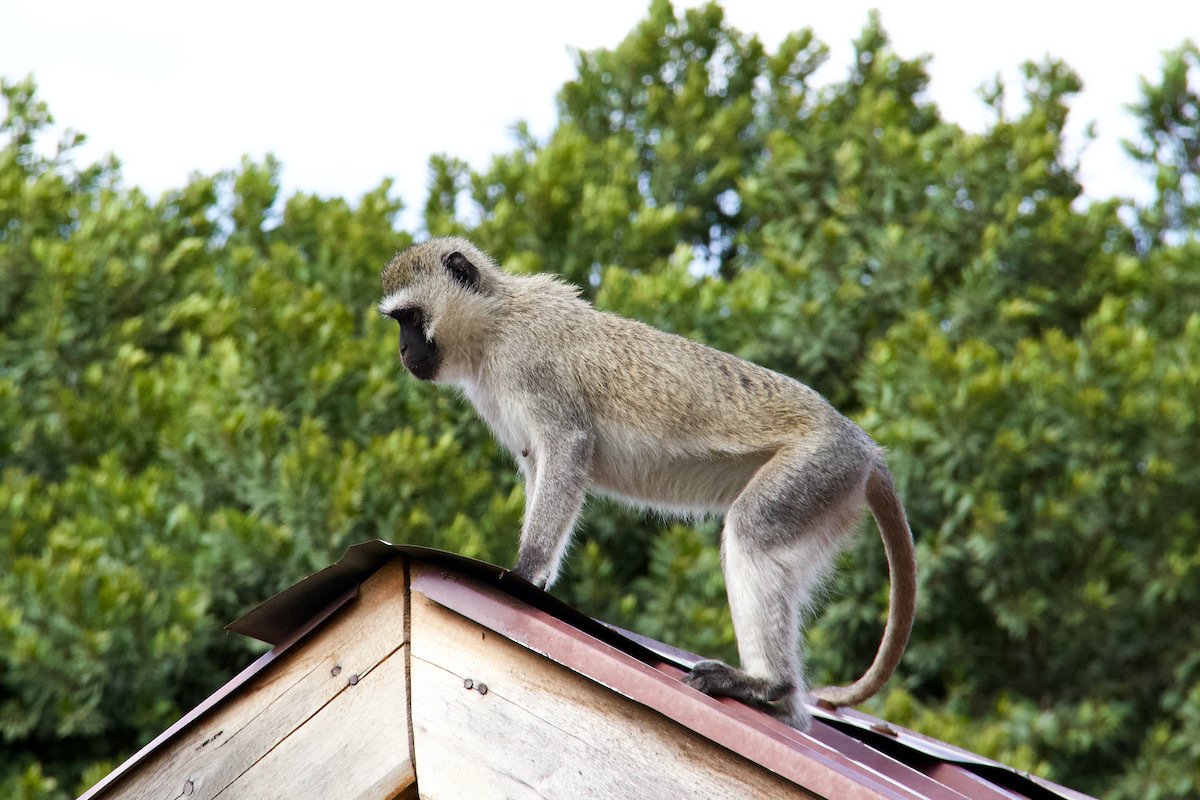
The Daily Tasks
Prior to the trip, we had been sent reams of information, including a request to acquire an international driving licence in order to be a driver. We had the use of four genuine four-by-four vehicles. I had never driven this type of vehicle but a paucity of volunteers for this task led me to step forward. And I loved every minute I was behind the wheel of that versatile vehicle, including the challenge of slithering through a sea of mud following a heavy downpour. We did receive instruction before being let loose in the conservancy, learning that in four-by-four mode, the four wheels of these vehicles operate independently and literally ‘walk’ down steep slopes. Driving became my role and I took the wheel every day. I sat inside, on my own, enjoying my surroundings while my companions at the back calculated angles and distances, identified species, counted numbers and took photographs.
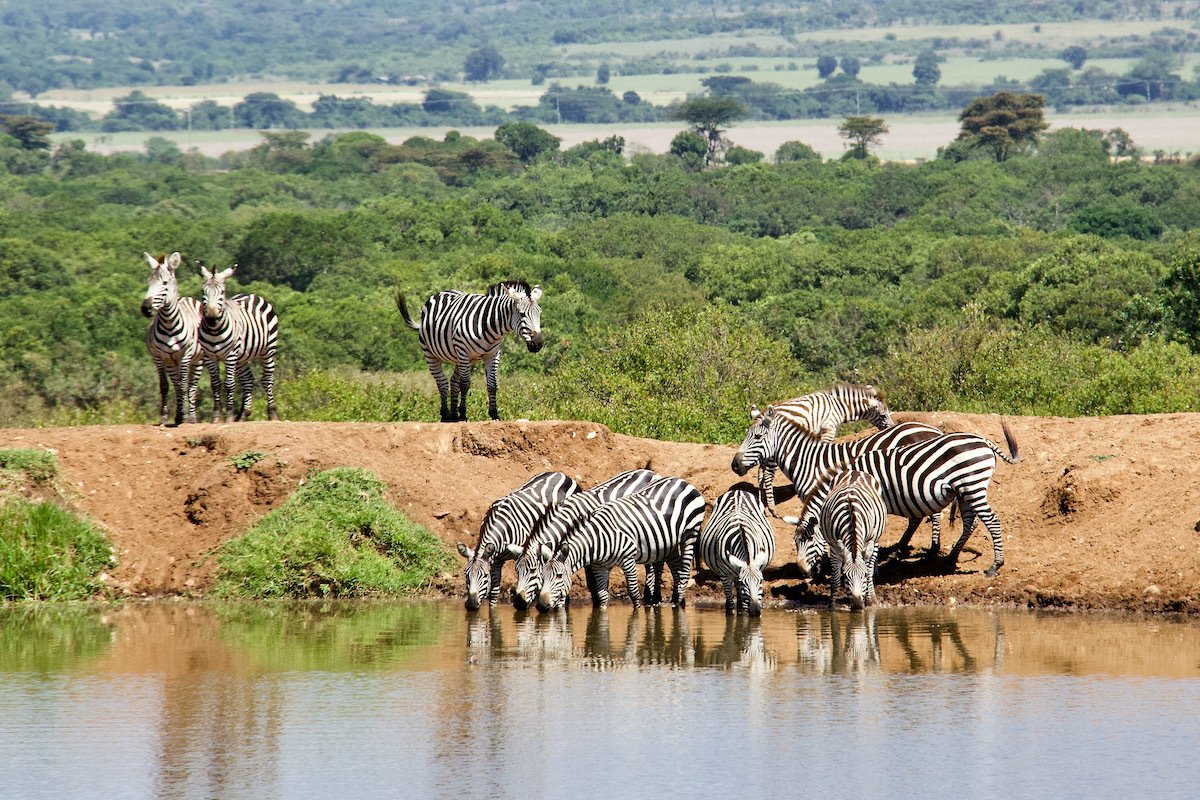
All the tasks were very enjoyable. Being able to roam the huge plain watching the wild life was a real privilege. It was worth all the black marks I accumulated for minor infringements of house rules. Despite the fact I was driving in a wilderness devoid of vehicles, I never got out of the habit of indicating when I made a turn, which was a source of amusement for my colleagues. We got the job done – our own way – and created some amazing memories as we worked together. I remember a group of us watching, in awe, as a hyena emerged from the network of dens where the cackle [the descriptive collective noun for hyenas] lived. He stretched, sat in the sun for a while and then set off for a morning stroll.
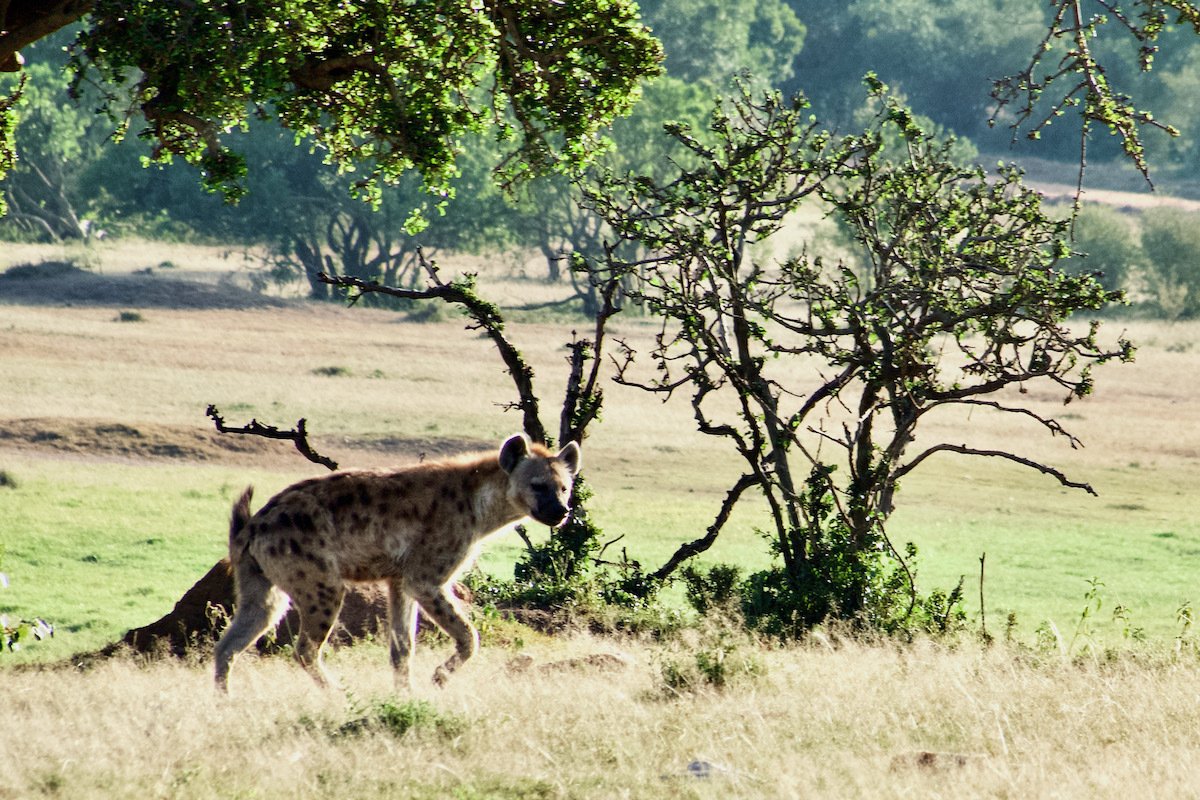
Wildlife Conservation Volunteering
The team I joined was organised by Biosphere Expeditions, a company that specialises in conservation holidays and attracts people from all over the world. A wide variety of opportunities is available for volunteers of all ages to help conserve wildlife both abroad and in the UK. I am already looking for my next experience – lemurs in Madagascar maybe?
